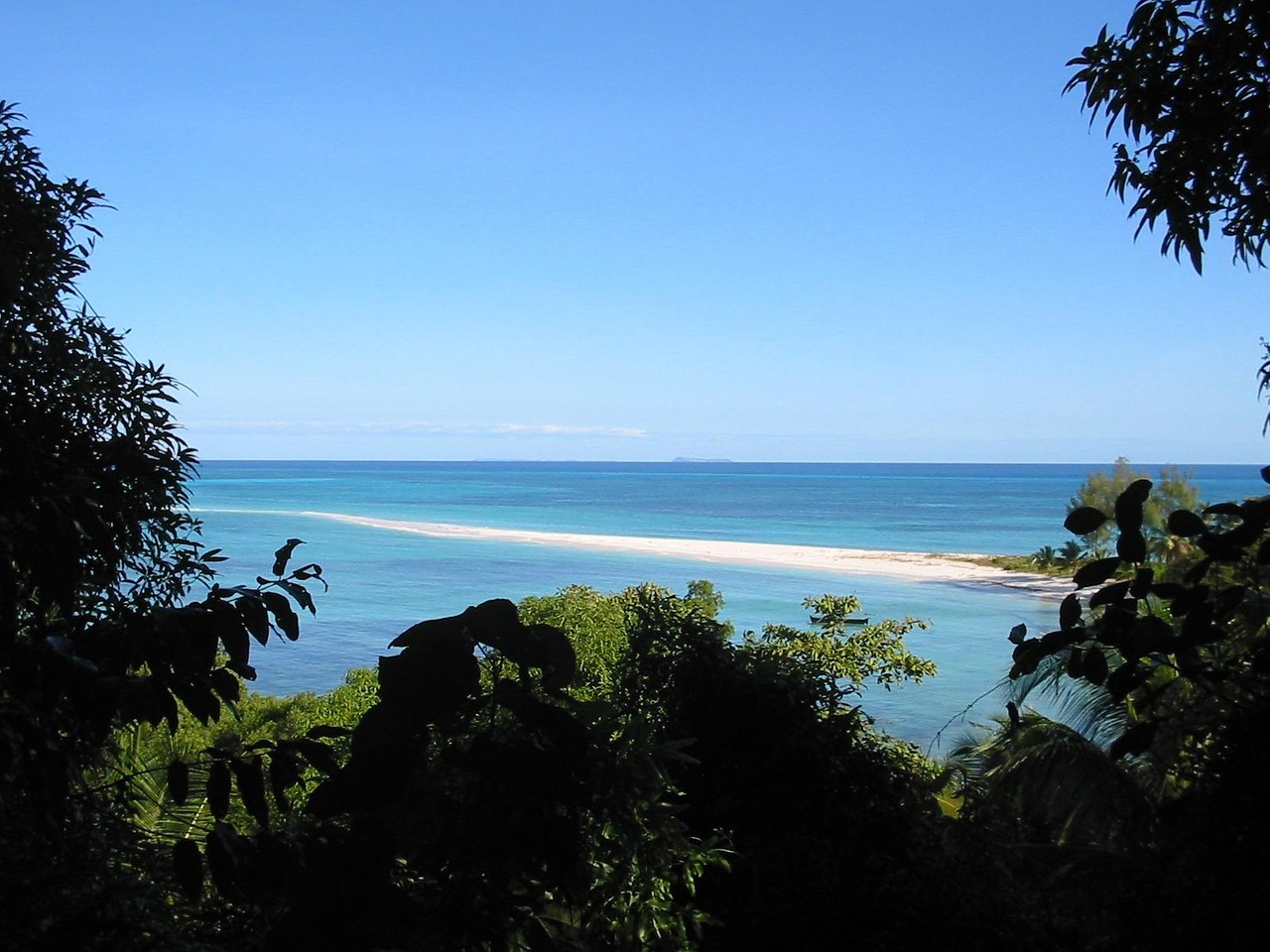Madagascar has embarked on a major effort to enhance climate resilience in its most vulnerable coastal areas. As reported by the United Nations Environment Programme (UNEP), the country launched a $7.1 million initiative focused on restoring vital ecosystems and supporting communities in four key coastal regions—Boeny, Menabe, Diana, and Atsimo Atsinanana.
The project, titled Scaling Up Ecosystem-Based Adaptation for Coastal Areas in Madagascar, aims to safeguard nearly 100,000 people whose lives depend on fragile coastal environments. Mangroves, coral reefs, and coastal forests are under pressure from deforestation, overfishing, and climate change, and are essential for food security and biodiversity.
Nature-based adaptation solutions to build resilience
Madagascar’s Ministry of Environment and Sustainable Development is leading the initiative. It is supported by UNEP and funded by the Global Environment Facility. The plan includes restoring 3,000 hectares of mangroves and forests. It will also rehabilitate 2,000 hectares of degraded watersheds using community-led methods.
These actions are essential. They reduce coastal erosion, protect biodiversity, and improve food security. In addition, they help local communities prepare for rising sea levels and stronger cyclones.
Strengthening local governance and long-term planning
The project will work in close partnership with the Regional Directorates for Environment and Sustainable Development (DREDD) to improve coordination and integrate ecosystem-based adaptation into local and regional planning tools. According to UNEP’s Programme Management Officer Paz Lopez-Rey, “The project will strengthen local governance for integrated coastal zone management… and lead to a national strategy to scale up ecosystem-based adaptation in other vulnerable coastal areas.”
Economic diversification with community inclusion
As part of its goals, the initiative will also create 20 ecosystem-based businesses in sectors like sustainable fisheries, aquaculture, rainfed agriculture, beekeeping, and ecotourism.
Moreover, the project focuses on empowering women and youth. It offers training, technical tools, and access to equipment. As a result, the economic base in coastal communities will become more diversified and resilient—contributing further to climate resilience Madagascar.
Official launch underlines multi-dimensional climate benefits
The project was formally launched on 15 July 2025 at Hôtel Le Louvre Antaninarenina in Antananarivo, in the presence of national authorities, UN agencies, civil society, and development partners. In her speech, Acting Secretary General of Environment and Sustainable Development Hahitantsoa Tokinirina Razafimahefa stated: “Restoring mangroves means protecting the coastline, supporting sustainable small-scale fishing, creating natural carbon sinks, and preserving nesting sites for rare species. In other words, it means acting on adaptation, mitigation, food security, and biodiversity conservation—all at once.”
A model for replication across coastal regions
This ambitious project underscores Madagascar’s commitment to climate resilience by investing in its coastal ecosystems and the communities that depend on them. With UNEP and the Global Environment Facility as key partners, it sets a precedent for other coastal nations facing similar climate challenges.

